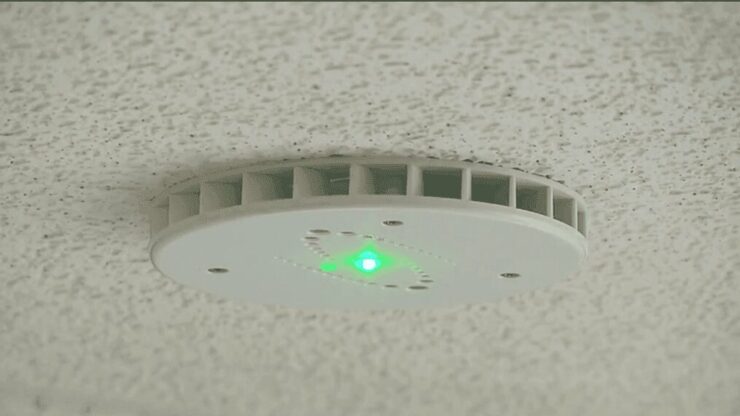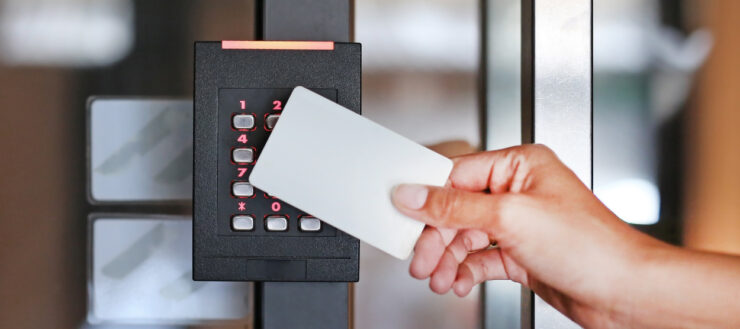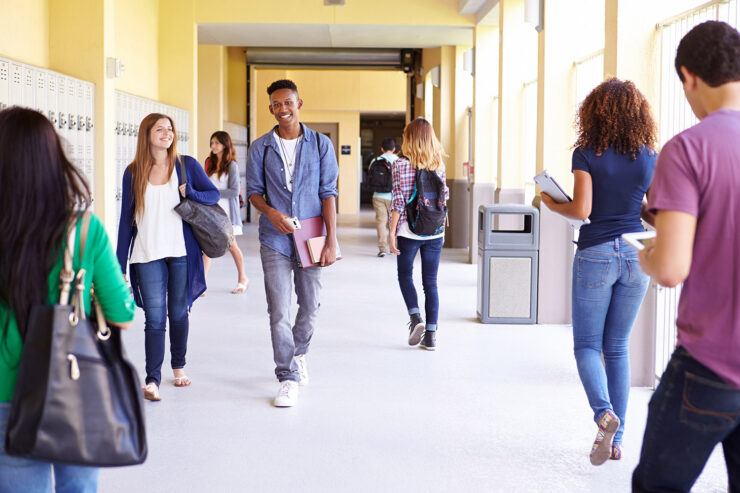Ensuring student safety in modern education remains a paramount concern for schools across the globe. As threats evolve, so do the strategies implemented by educational institutions to protect their students. From physical security enhancements to the integration of advanced technology, schools are adopting a range of innovative measures designed to create safer learning environments.
This proactive approach not only addresses traditional safety concerns but also adapts to new challenges, ensuring that students can focus on their education without fear. These strategies extend beyond the immediate confines of physical security, embracing a holistic approach that encompasses both physical and digital safety.
This guide explores various innovative strategies that schools are using in 2024 to ensure the safety of their students, highlighting the effectiveness and necessity of these measures in today’s educational landscape.
Real-time monitoring systems can help out a lot

To bolster security measures and ensure a comprehensive safety net across campuses, schools are increasingly turning to enhanced surveillance and real-time monitoring systems. These technologies provide a crucial layer of security by allowing for constant oversight of school grounds, helping to deter potential threats, and enabling a swift response to any incidents that do occur.
Modern surveillance systems utilized by schools are equipped with high-definition cameras that offer wide coverage and can operate effectively under various lighting conditions. Some systems also include facial recognition technology to quickly identify known threats or unauthorized individuals who enter the premises. Moreover, these cameras are often integrated with real-time analytics software, which can detect unusual behaviors or gatherings that might precede incidents, allowing school security personnel to intervene proactively.
In addition to fixed cameras, some schools employ mobile surveillance units, which can be moved to various hotspots or particular areas of concern during different times of the day or for specific events. This flexibility enhances the effectiveness of the surveillance system, ensuring comprehensive coverage as needed.
Prevent vaping and smoking in the school

In response to the growing concern over student health, particularly regarding the rise in vaping among teens, schools are now incorporating specialized smoke detectors that can distinguish between smoke and vapor. These advanced detectors are equipped with sensors capable of identifying the chemical signature of vape smoke, which is different from that of cigarettes or a fire. By installing these detectors, schools are taking a proactive step in vaping prevention, signaling a commitment to maintaining a healthy learning environment.
As you can see if you click here, these vape detectors are often connected to a central monitoring system that alerts school administrators immediately when vaping activity is detected, particularly in areas where it is most likely to occur, such as bathrooms or locker rooms. This immediate notification allows for swift action, which is crucial not only for enforcing school policies but also for educating students about the dangers of vaping.
Furthermore, the use of such technology serves a dual purpose by enhancing fire safety. The sensitive nature of these detectors ensures that any type of smoke is quickly identified, reducing the risk of fire-related incidents and increasing overall student safety. By integrating these sophisticated smoke and vapor detectors, schools are not only addressing a specific student health issue but are also reinforcing their overall safety protocols, ensuring that both health and safety hazards are managed effectively.
Make sure your students understand cybersecurity and digital threats
As schools navigate the complexities of modern safety concerns, they are increasingly focusing on digital threats, which are as pertinent as physical ones in today’s connected world. To combat these risks, educational institutions are implementing comprehensive digital citizenship and cybersecurity education programs aimed at equipping students with the skills and knowledge necessary to protect themselves online.
These educational initiatives teach students about the importance of maintaining privacy, recognizing phishing scams, understanding the implications of sharing content online and using the internet responsibly. By integrating these topics into the curriculum, schools are not just reacting to cyber threats but are proactively preparing students to navigate the digital world safely and intelligently.
Cybersecurity education in schools often includes practical exercises where students can engage in safe online practices and learn how to react in case of a digital security breach. Additionally, many schools are partnering with technology experts and local law enforcement agencies to provide seminars and workshops that enhance the learning experience, offering students real-world insights into the importance of cyber safety.
Access control is a must if you want to keep your students safe

To enhance physical security and manage who enters and exits the building, schools are increasingly implementing sophisticated access control and visitor management systems. These systems are designed to regulate access to the premises, ensuring that only authorized individuals can enter school grounds, thereby significantly reducing the potential for external threats.
Access control systems often utilize key cards, biometrics, or mobile credentials to allow entry to students, staff, and pre-approved visitors. This technology not only streamlines the entry process but also provides a digital record of all individuals present on campus at any given time, enhancing the ability to respond effectively in case of an emergency.
Visitor management systems complement these efforts by requiring all visitors to check in through a secure system that often includes issuing a temporary badge and capturing essential information such as the visitor’s name, the purpose of the visit, and the duration of their stay. This information can be critical in maintaining a secure environment, as it allows school security personnel to know who is on the premises at all times.
These efforts reflect a deep commitment to creating a secure learning environment where students can thrive without the burden of safety concerns. By integrating technology, education, and comprehensive security measures, schools are not only responding to contemporary challenges but are also setting new standards for student safety. These initiatives are crucial for fostering an atmosphere of trust and security that supports educational pursuits and personal growth.
As we move forward, the continued evolution and implementation of such safety measures will undoubtedly play a pivotal role in shaping the future of educational environments. Schools will remain vigilant and adaptive, ensuring that safety protocols keep pace with changing threats and technologies, thereby upholding their fundamental mission to educate and protect the leaders of tomorrow.

